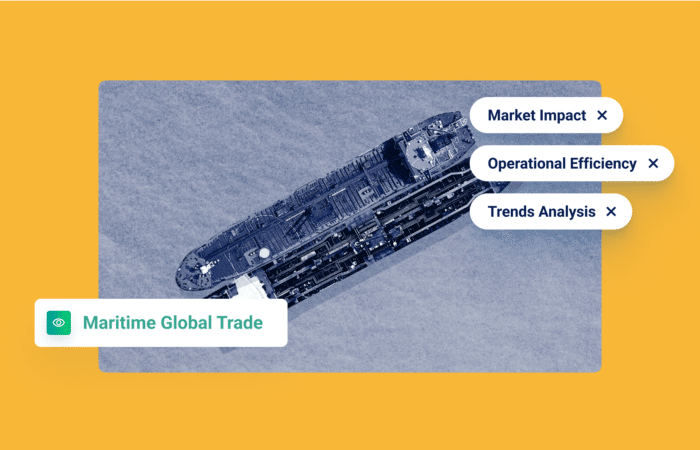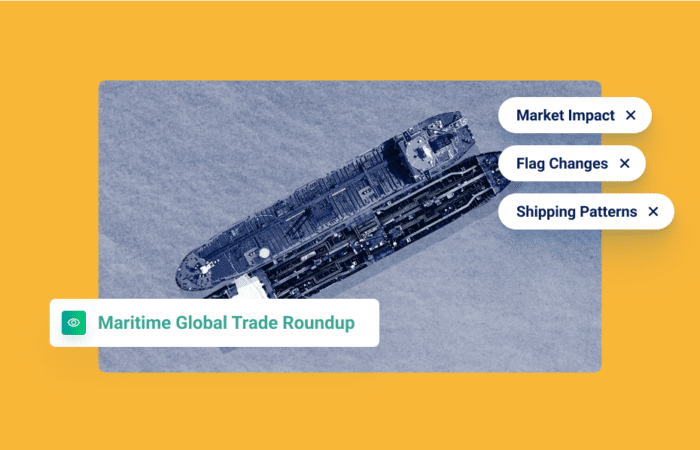What’s inside?
Not that long ago, maritime sanctions compliance almost solely consisted of thwarting nuclear proliferation – staving off ballistic nightmares in North Korea and Iran.
That seems almost quaint in retrospect. A metamorphosis occurred years back, with sanctions emerging as a popular foreign policy tool.
Initially conceived as alternatives to military intervention and instruments of national security, economic sanctions gradually transcended these confines. We now witness their deployment as levers to modify the behaviour of governments, entities, and even individuals across a diverse spectrum of transgressions.
A Tool for Discouraging Aggression
Two recent examples of governments using restrictions and sanctions in an attempt to curtail violence:
The U.S. Justice Department announced terrorism and sanctions-evasion charges and seizures linked to Iran’s oil trafficking network. Over $108 million and more than 500,000 barrels of sanctioned fuel were seized, according to the U.S. Department of Justice.
Another obvious instance was the U.S. and UK enacting sanctions on four of Yemen’s Houthi rebel leaders. The sanctions block access to U.S. property and bank accounts. “The UK also imposed an asset freeze as well as an arms embargo and travel bans. They also reiterated that this is in addition to pre-existing sanctions against 11 Houthi individuals and two entities and UN sanctions imposed in February 2021,” according to The Maritime Executive.
While sanctions against Iranian-connected oil traffickers and the Houthis are clearly warranted, the dramatic surge in the utilisation of sanctions and regulations has not come without some negatives.
Maintaining the Balance
The impact on the maritime industry is multi-faceted and profound. Complex supply chains, opaque vessel ownership structures, and a labyrinthine of sanctions regimes weave a compliance minefield for even the most seasoned maritime operator.
The ramifications for global trade are undeniable. Disrupted routes, spiraling insurance costs, and delayed deliveries amplify friction within an already strained system. The intended pressure on targeted governments often translates into hardships for ordinary citizens, from stranded seafarers, to populations facing inflated food prices due to supply chain disruptions.
Some visibility software solutions produce false positives, causing traders and shippers to lose potentially viable business for fear of inadvertently doing business with a blacklisted organisation, vessel, or person.
Russia’s invasion of Ukraine further escalated the complexity. Russia’s role in global commodity markets, notably energy, adds a layer of intricate interplay. Measures like the oil price cap, intended to harm Russia’s war machine, are also designed to minimise damage to the global economy, which causes immense complexity for maritime operators.
They must navigate a web of exemptions, price fluctuations, and shifting allegiances, all while remaining compliant with evolving sanctions regimes.
There was a flurry of regulatory activity before Christmas 2023, much of it aimed at closing existing loopholes and preventing sanctions circumvention. Russia’s 11th package sought to constrain deceptive shipping practices (DSPs) used to get around existing sanctions, the Quint-Seal Compliance Note also highlighted evasive tactics and offered steps to ensure compliance, while OFAC published Russia-related secondary sanctions for non-U.S. financial institutions to ramp up trade controls in an attempt to prevent Russia from sidestepping sanctions.
There was more news late last week. The G7 price cap coalition issued an enforcement detailing ways that market players evade the mechanism and information on how people can report breaches, said Reuters.
The Russia case exemplifies the precarious balancing act between economic pressure, political objectives, and the real needs of a globalised world. Navigating this ever-shifting landscape demands a delicate balance. We require sanctions that are laser-focused, demonstrably effective, and meticulously calibrated to minimise unintended consequences. Achieving this necessitates enhanced transparency, robust collaboration between governments and industry stakeholders, and an unwavering commitment to mitigate collateral damage.
The maritime and trade financing industry, in turn, must embrace sophisticated, AI-based compliance tools that offer predictive analytics, prioritise clear regulatory guidance, and foster open communication channels. Technological solutions, industry-wide best practices, and strong advocacy for responsible sanction implementation are crucial for weathering this volatile regulatory sea.
Stay Tuned
My next post in this series will dive deeper into the four important factors influencing the maritime sanctions balance and Windward’s upcoming webinar, From Disruption to Regulation: AI-Driven Strategies for Steering Maritime Compliance, will offer experts’ perspectives on maritime compliance.















